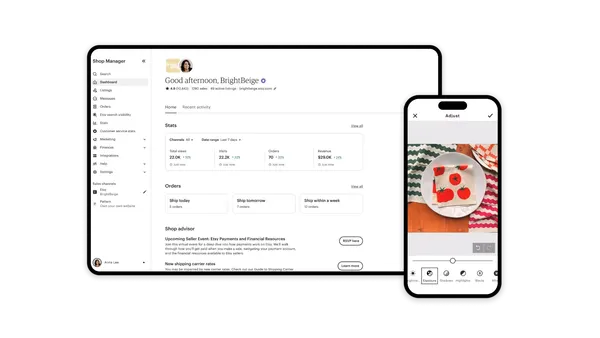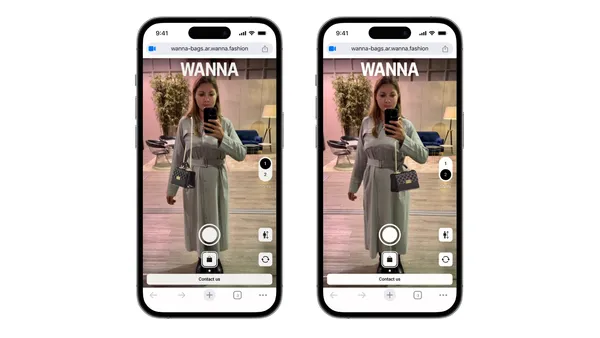Dive Brief:
- Uber has announced a new website, Uber Movement, where it plans to grant urban planners, other partners and eventually the general public access to the traffic data it collects in the cities where it operates.
- The ride-sharing company said the traffic data is anonymized so that individual vehicle, driver and passenger details are not revealed. It is aggregated and presented in the same types of geographic zones that transportation planners use to evaluate which parts of cities need expanded infrastructure, such as Census Tracts and Traffic Analysis Zones.
- The site, which is now live in beta form, currently incudes traffic data from Washington D.C., Sydney and Manila, with more to come, Uber said. Users of the site can view trip durations in and between different traffic zones, using filtering criteria such as specific days of the week or hours of the day.
Dive Insight:
Uber has some pretty noble aims for this website, as it wants to help city planners as well as traffic and transportation agencies go about their jobs with more intelligence in hand. It believes that sharing its own collected traffic data could help these groups to better plan infrastructure upgrades, and better prepare for traffic re-routing in the event of construction or other issues.
Uber hasn't said much yet about the terms under which different parties will get access to all of this data. But it is not hard to imagine that the company could charge some partners for access to key data points, or look for other kinds of partnership terms that provide it with cross-promotion of its services, or other advantages.
How does this affect retail? It doesn't just yet, but very easily could, and very quickly. This data could be very valuable for shipping and logistics companies as they look for the most efficient possible routes for delivering packages. It might even help retailers gain more insight into traffic trends around their store locations, and help them size up potential store locations. Uber already has partnered with retailers like Sears on cross-marketing partnerships and teamed with Wal-Mart on same-day delivery service, so it wouldn't be out of the question to see Uber shop this data to retailers or their shipping partners.
This may be a noble pursuit for Uber, but the company has rarely let a marketing opportunity pass it by. It will be interesting to see if retailers and their partners are interested in this data — and what kind of deals they need to strike with Uber to get it.













